DN600 PN16 concentric butterfly valve is made according to EN593 standard. The valve body is made of GGG40. It has the structural characteristics of center line. Its connection mode is wafer. And it has gear operation mode.
Payment:
30% when order confirmed, 70% before shipmentProduct Origin:
ChinaColor:
CustomizationShipping Port:
Shanghai, ChinaLead Time:
30~60 days Ex Works after order confirmationMaterial:
GGG40Method of Operation:
G.OProduct Description
|
Type |
Concentric Butterfly Valve |
|
Size |
DN600 |
|
Pressure |
PN16 |
|
Connection |
Wafer |
|
Operation |
G.O |
|
Body Material |
GGG40 |
|
Design Norm |
EN 593 |
|
End Flange |
EN 1092 |
|
Face to Face |
EN 558-1 |
|
Top Flange |
ISO 5211 |
|
Test & Inspection Code |
EN 12266 |
|
Applicable Medium |
Water, Oil and Gas |
Features
1. The design is simple and compact, with fewer components, making manufacturing and maintenance convenient;
2. Compact structure, small size, can save installation space, especially suitable for situations with limited installation space.
Technical Drawing
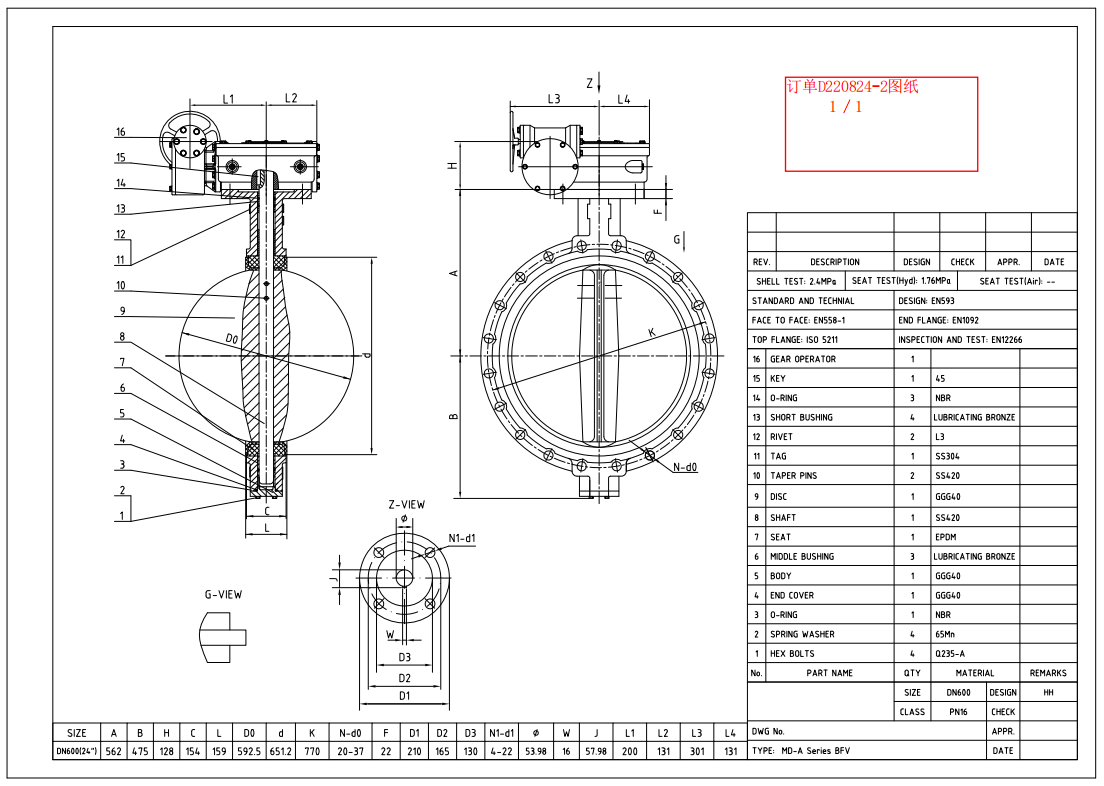
Dimension Checking
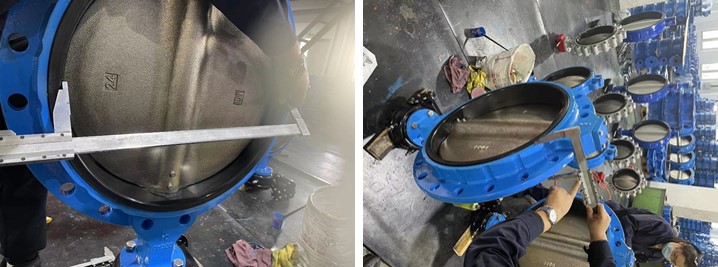
Pressure Testing
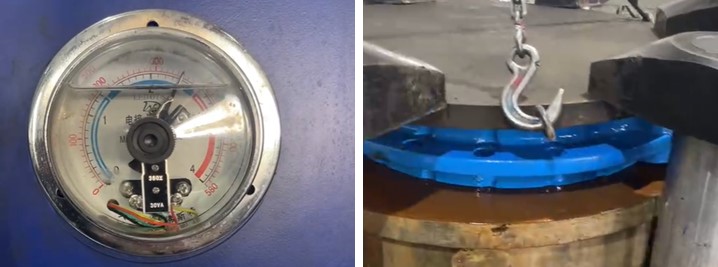
Painting
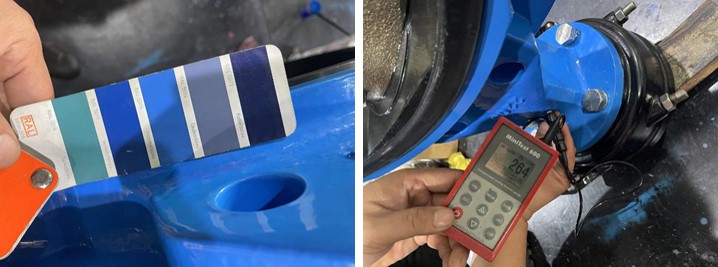
Nameplate & Packing
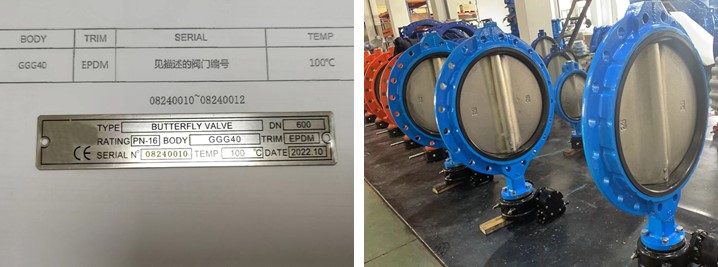
Inspection report
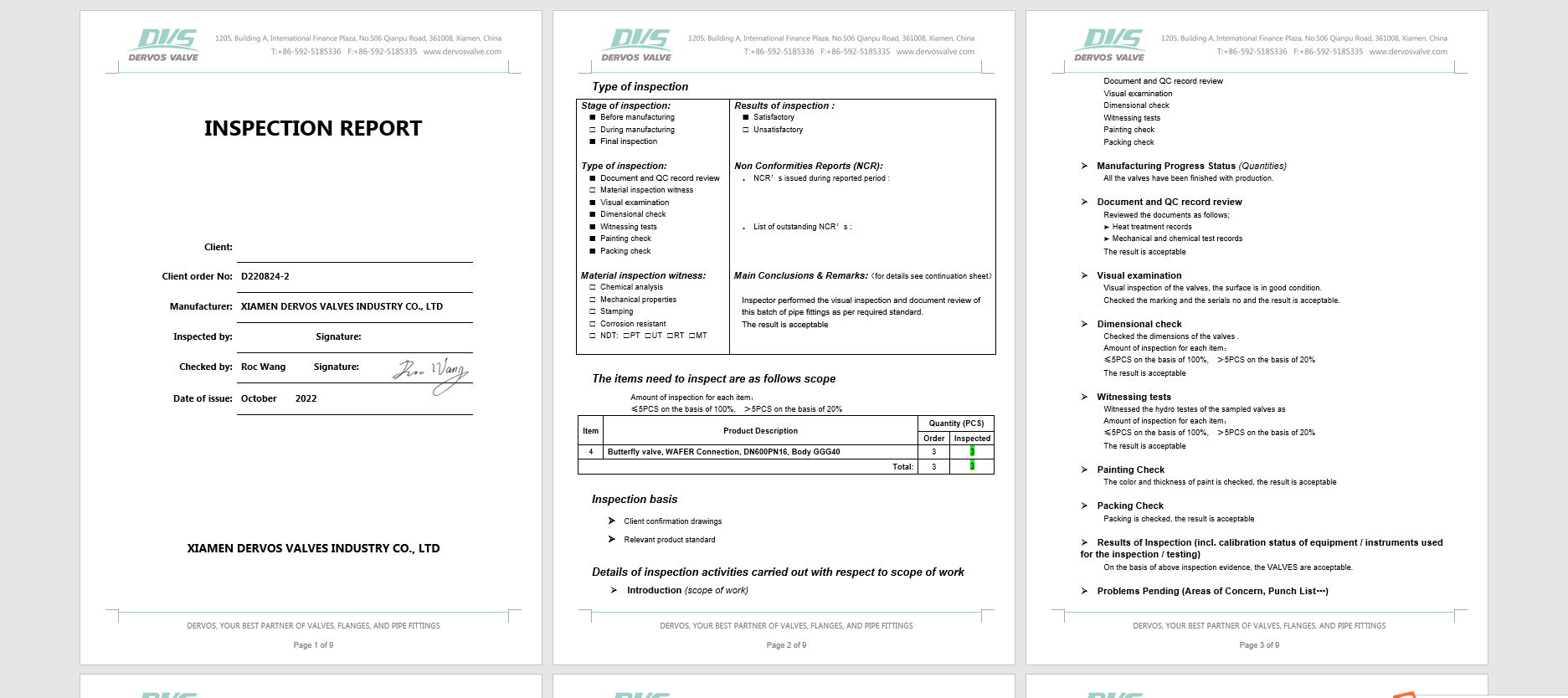
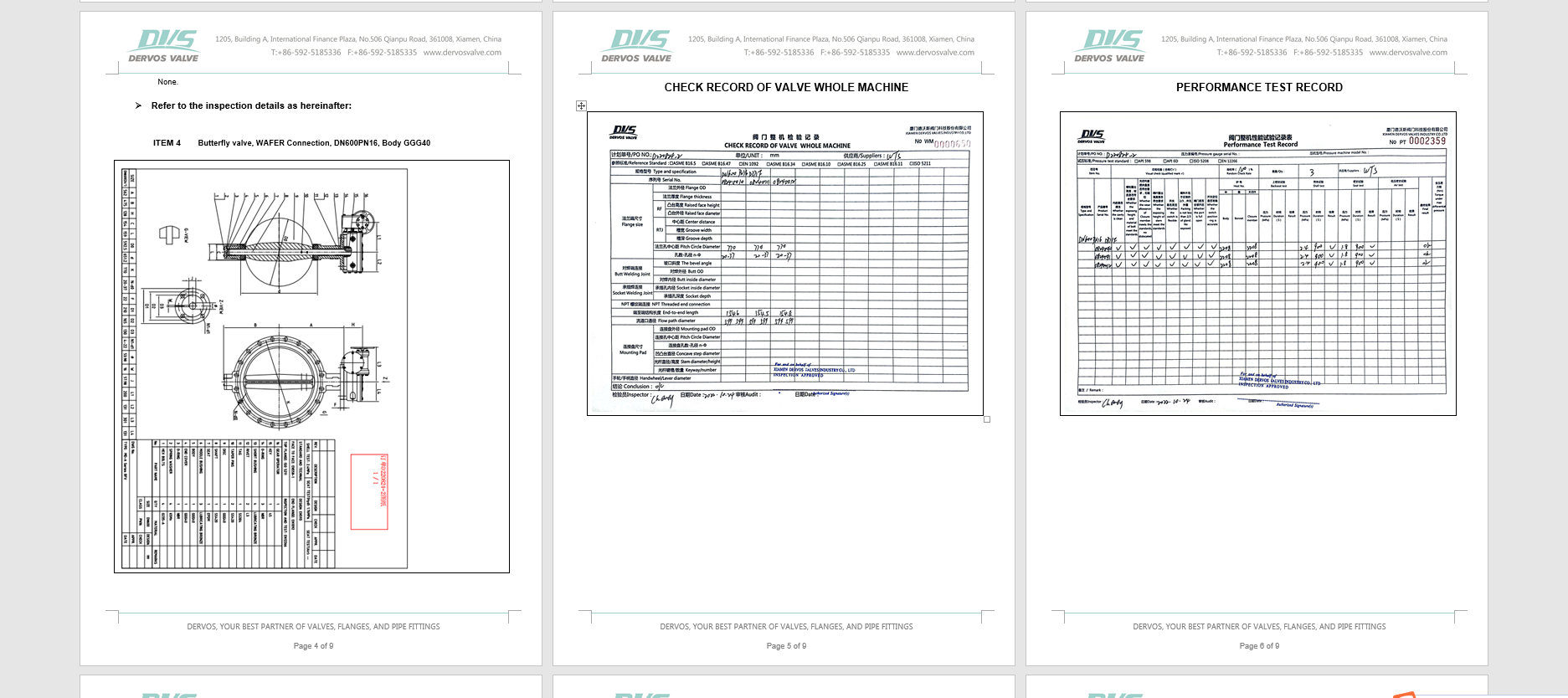
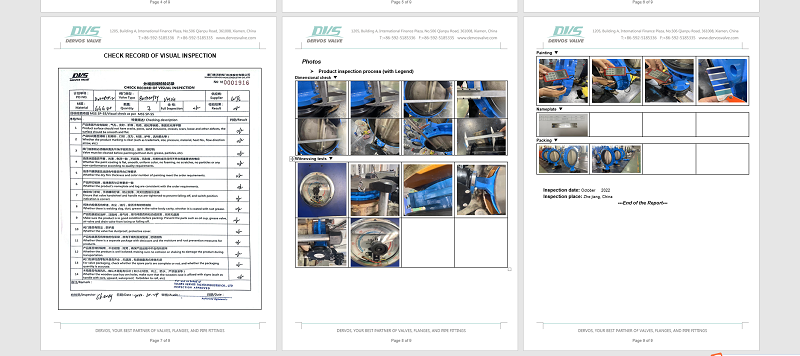
If you are interested in our products and want to know more details,please leave a message here,we will reply you as soon as we can.